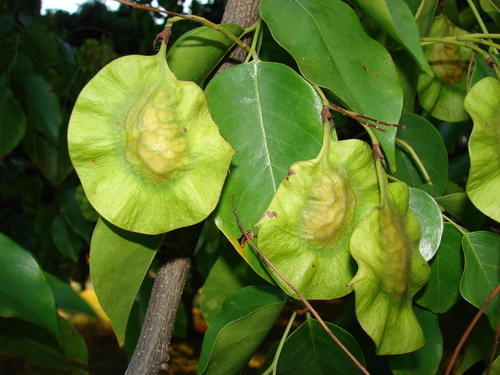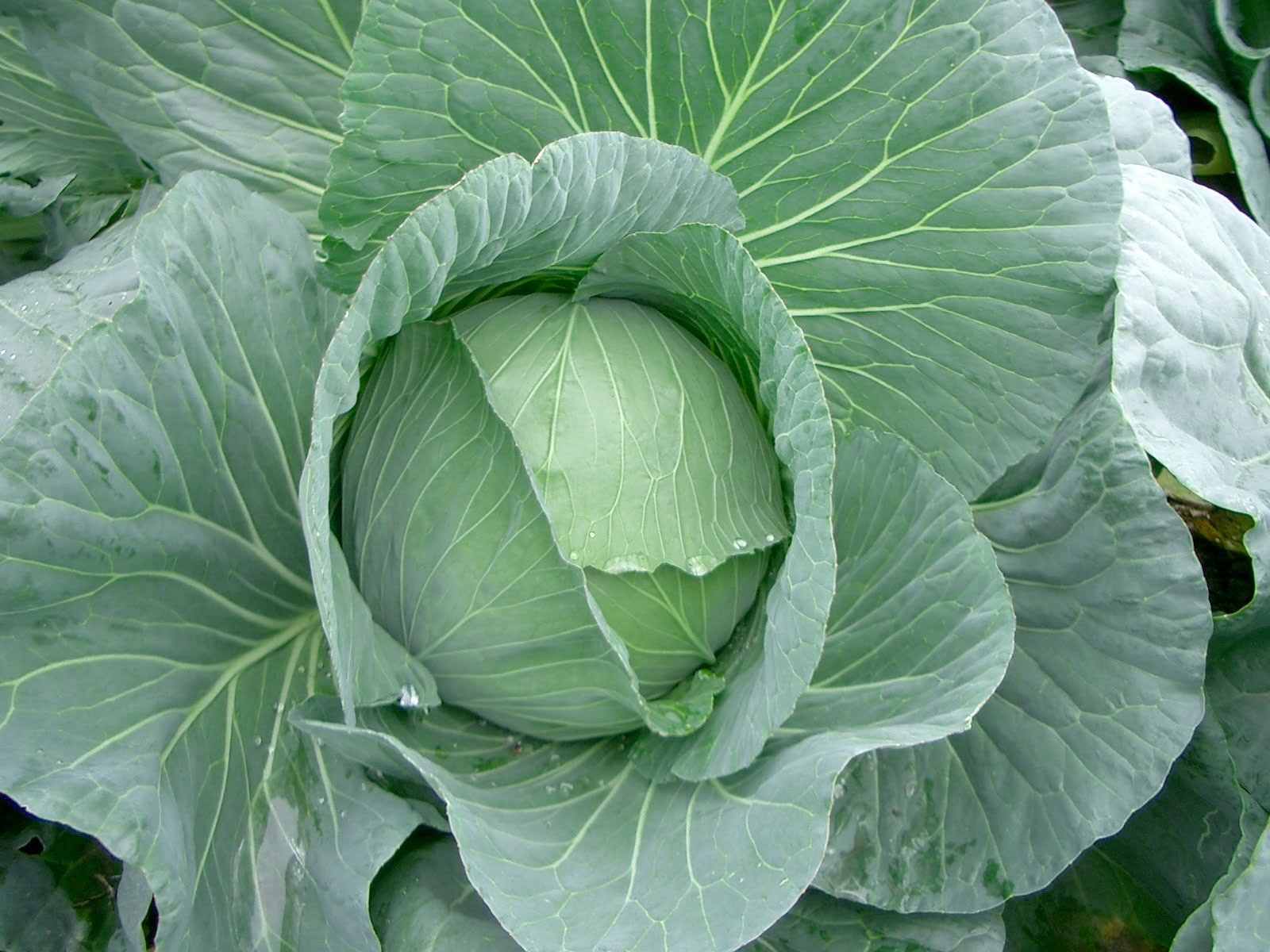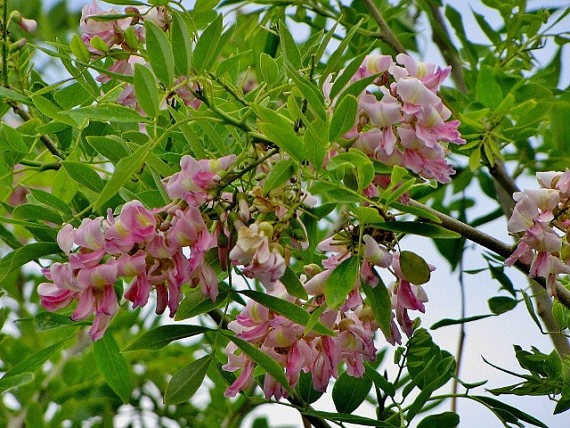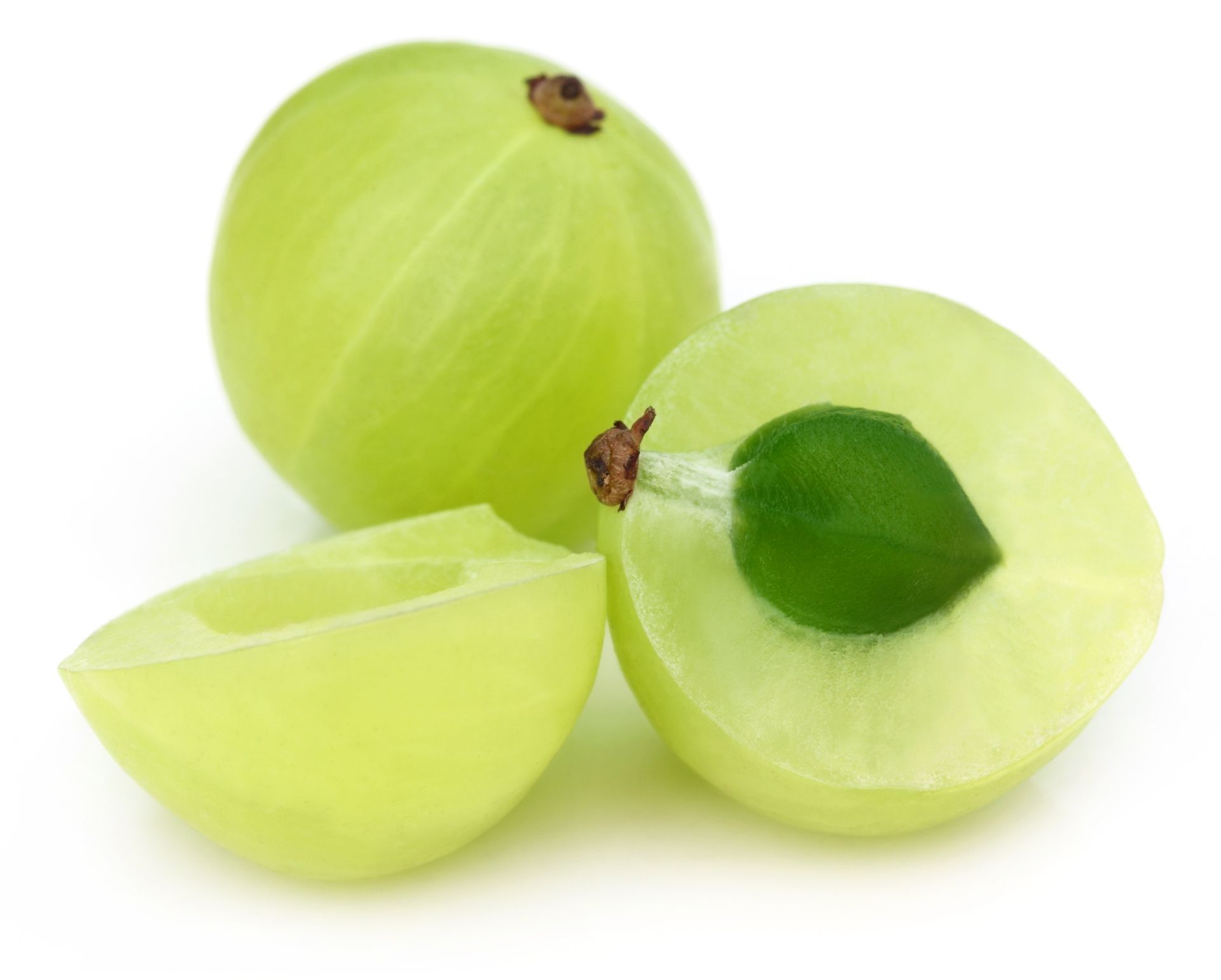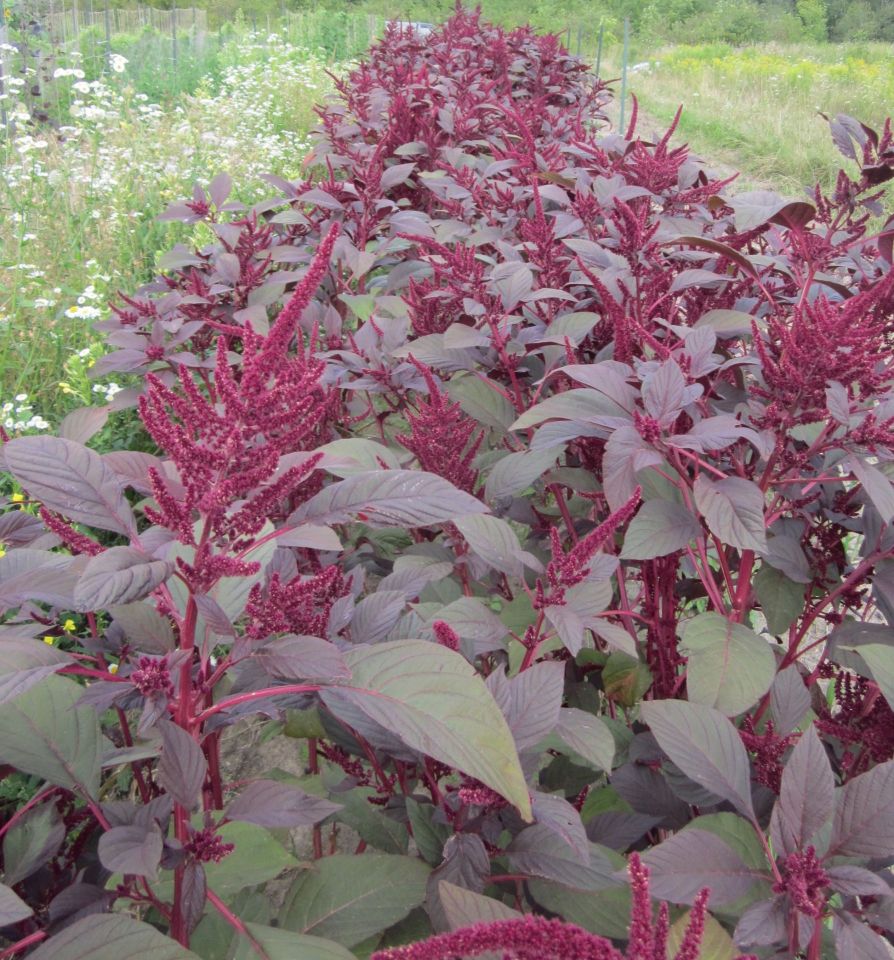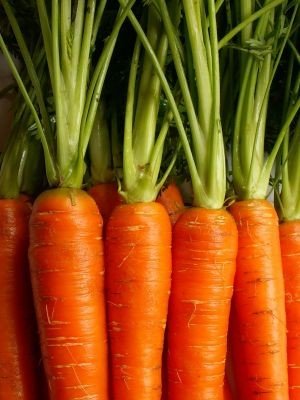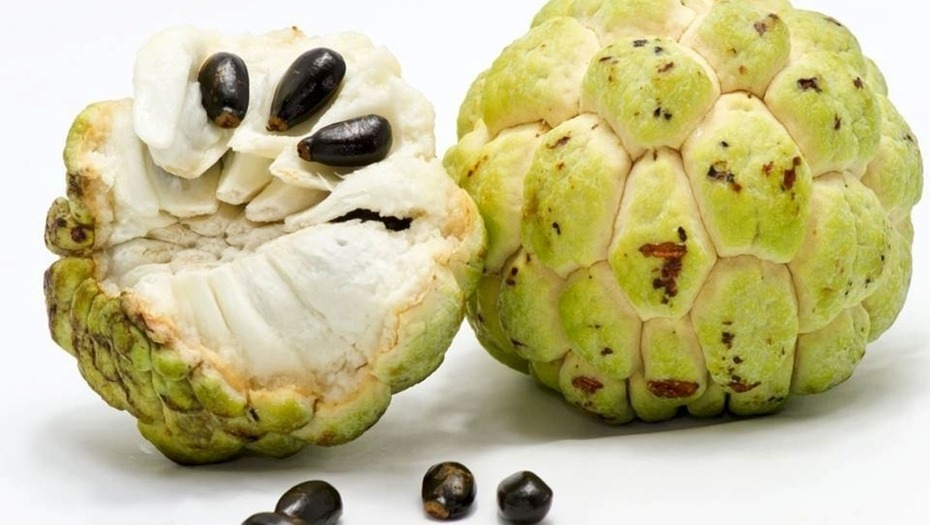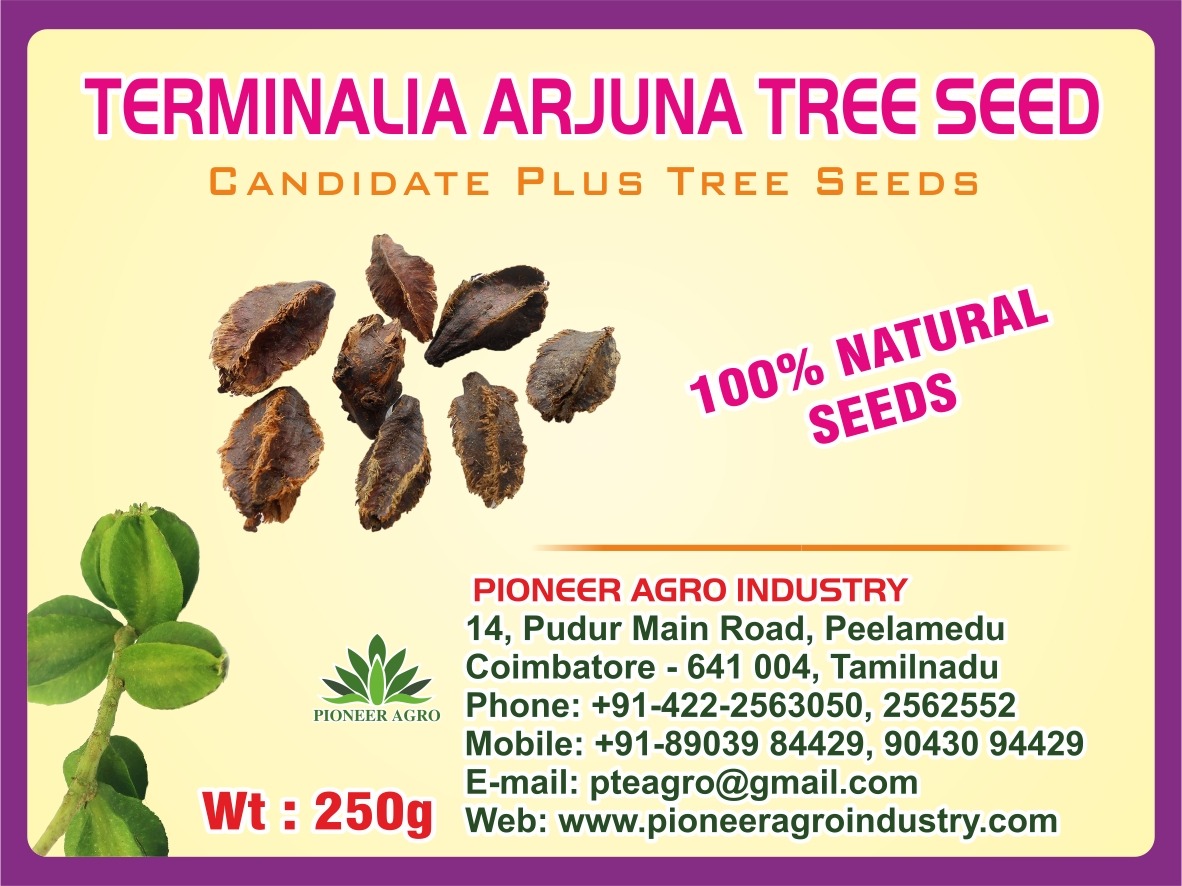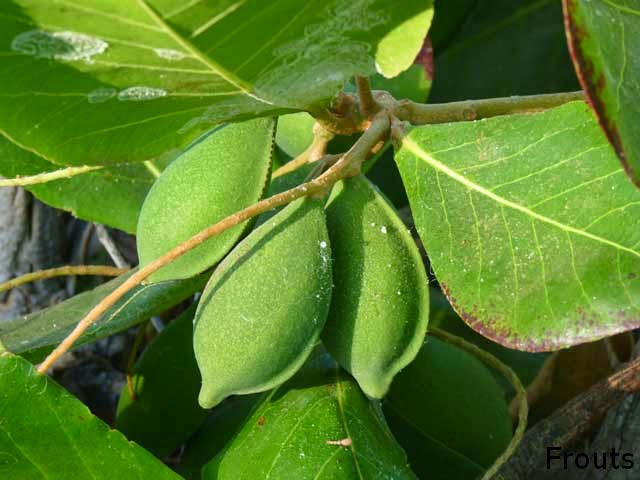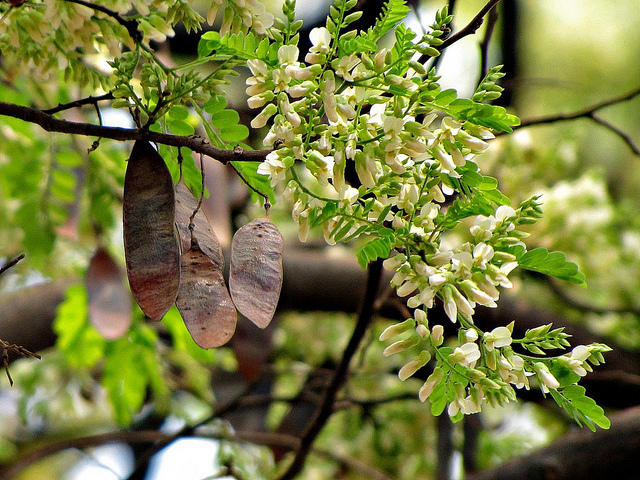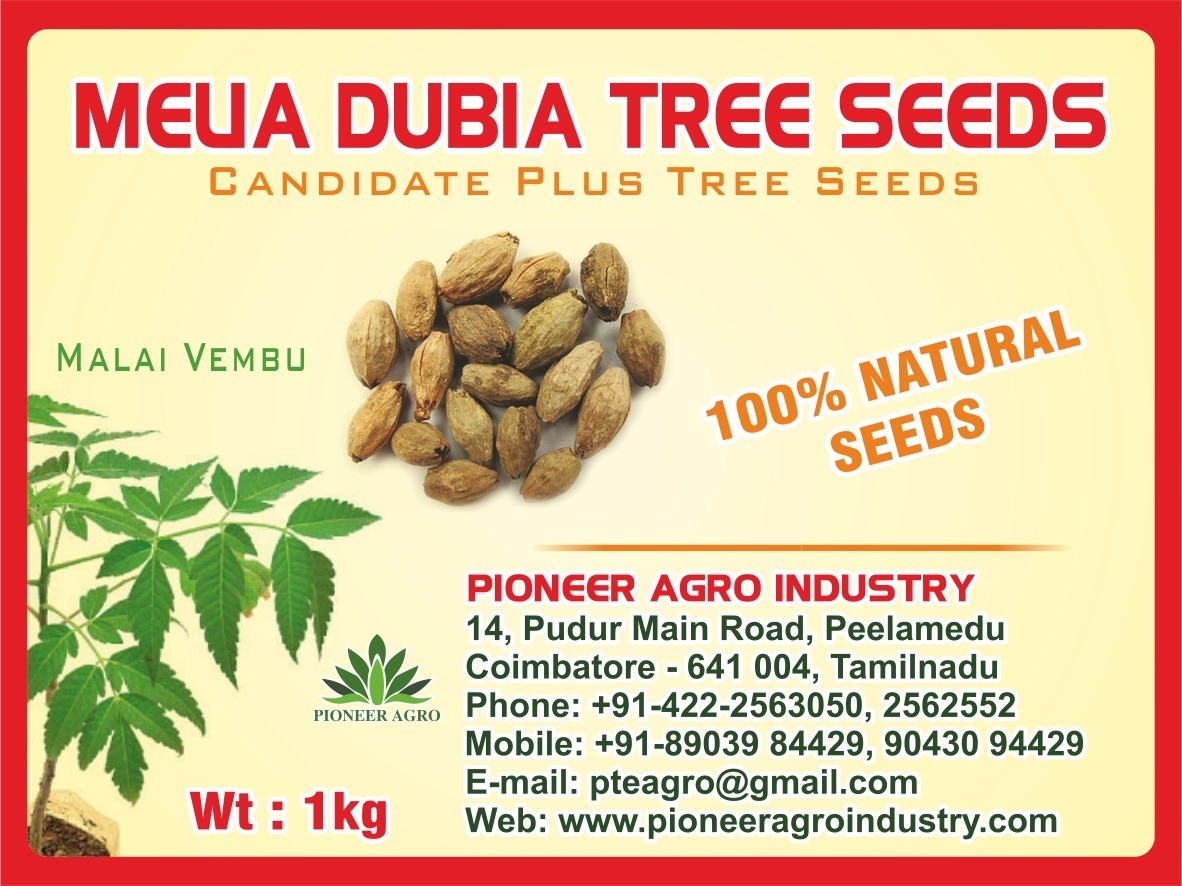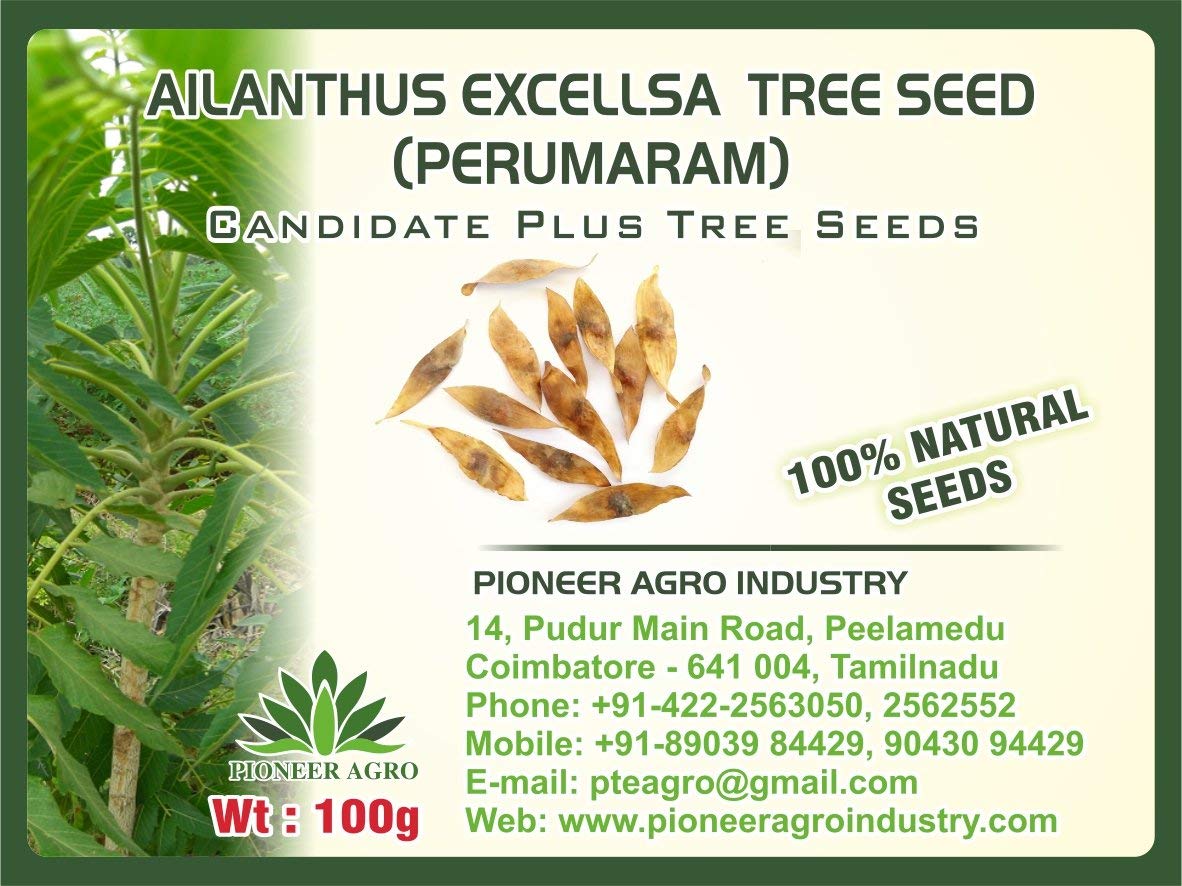Description
Paruppu Keerai Seeds(Purslane Seeds) is regularly consumed in salads, stir-fry and soups across India. Purslane actually contains a huge amount of omega-3s and is an excellent source of vitamins and minerals.The original wild plant had small green leaves and a sprawling habit; but cultivated, it grows upright to around 30 to 45cm (12 to 18in) tall and produces large fleshy leaves. Young plants have a green stem, but, with maturity, stems take on reddish tints. Blooming in the summer, the five petalled, tiny yellow flowers hide between the base of the leaf and the stem.
Planting
Purslane plants are generally grown from seeds, although you can also plant cuttings. In case of planting through cuttings, just lay the cuttings on the ground where you are planning for growing purslane. Water the area after planting the cuttings, and they should take root in the soil in a few days.
But in case of growing purslane from seeds, just scatter the seeds over the area where you plan on growing the purslane. And remember ‘don’t cover the seeds with soil after sowing’. Because purslane seeds require light to germinate, so they must stay on the surface of the soil.
Caring
Purslane plants are very strong and hardy and they don’t require much care. And the caring process for growing purslane is very simple, especially after the plant starts growing. Just ensure the soil is well drained and remains dry.
Remember that ‘the purslane is an annual plant’. So, the chances are very high that it will reseed itself. You can collect some seeds at the end of the season so that you have some seeds available on your hand for the next year.
The purslane plants are less prone to problems like diseases or pests. So, you don’t have to think about the problems. They will just grow fine.
Harvesting
Regular harvesting is very important for growing purslane in home garden, because the plants can become invasive. Harvesting purslane before it develops flowers will help cut down on it’s spread. One more thing to consider while harvesting purslane ‘is the malic acid content of the plant, which is higher in the morning than at night thus making it more tart’. Some people will prefer this, while others may find they enjoy purslane harvested in the evening (when the flavor is milder).








